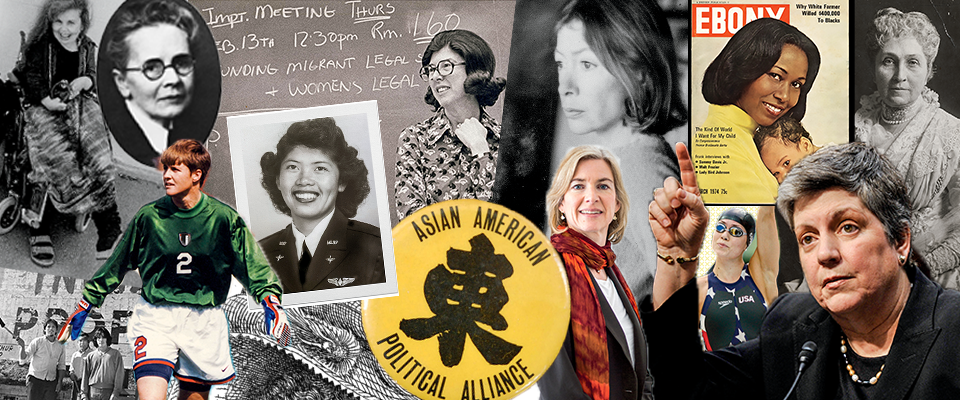Yes, it’s true that there aren’t many women in the sciences. And the reason for the gender gap is predictable: Male scientists seem to like it that way. That, at least, was the conclusion of a 2013 Yale study that found physicists, biologists and chemists are inclined to view a young male scientist more positively than a young woman with the same qualifications. You don’t have to be a rocket scientist to conclude that it may be a little harder to achieve tenure or obtain research funding in such circumstances.
But the barriers are beginning to erode. The few women who have managed to claw their way into the lofty old boy’s club of hard science are doing an impressive job of taking names and kicking—well, old stereotypes to the curb. Anna Schneider is a case in point.
Schneider was a biochemistry and math double major at the University of Washington, and she took her Ph.D. in biophysics at UC Berkeley. She was an editor at Berkeley Science Review, and a member of the Geissler Group, a Berkeley lab focused on engineered nanoscale systems. She’s also the co-founder and chief technology officer of WattTime, a nonprofit organization that is developing technology that will allow consumers to track the sources of the energy they consume.
Schneider recently was picked by Forbes for its 30 under 30 lists—an annual tally of the “young game changers, movers and makers” who are forging the brave new world we all must inhabit, like it or not.
If you riff through the lists, you can’t help but notice it seems weighted to hard-charging types who have something to sell. No surprise there; Forbes is about commerce and capital, and these bright-eyed (and excruciatingly bright) Millennials seem the very distillation of the entrepreneurial spirit. But that makes Schneider and a few of her fellow designees stand out. They aren’t trying to make a buck. All the profits at WattTime, Schneider emphasizes, are plowed back into research.
“My overarching passion is employing software and computational methods to make a difference on climate change,” Schneider says. “Renewable energy really has great potential, but it’s not always available when you need it. We need more data and more sophisticated software to figure out the angles, to incorporate sustainable sources more efficiently into the grid.”
That can include such basics as determining the optimal sites for placing wind turbines, but it also involves the thornier problem of balancing energy supply with demand. Solar and wind power may be available at times when demand is not highest, so you have to figure out ways to store the energy for later use, create incentives for people to consume when green electricity is churning through the grid, or do both. WattTime’s Wiser device, for instance, is a smart plug consumers can use to shift energy away from peak periods, to times when the carbon footprint of using electricity is lower.
“At WattTime, we’re working to maximize the incorporation of renewable energy sources into the grid,” Schneider says. “But the first step is getting the right information to anyone who wants to use sustainable energy. That can be difficult. How do you know when renewable power is available?”
The solution, in her view, is the so-called Internet of Things: In this case smart, embedded, technology connected to both the grid and households via the Cloud, allowing consumers to determine the source of electricity coming to their homes.
“You’ll see how much is coming from clean or high-carbon sources, and make your decisions accordingly,” Schneider says. “You have an electric car? Its carbon footprint is largely determined by the energy used to charge it, so you may want to recharge at times when the electricity from renewable sources is available. We’re working on a pilot program that will allow a car to automatically recharge when it determines the percentage of renewable energy on the grid is high.”
As for Schneider’s outlier status in a predominantly male realm? Personally, she says, the decision to don a white lab coat wasn’t such a big deal. “Both my parents are trained scientists, so I was certainly encouraged in that direction from a very early age,” she says. “I never thought that I shouldn’t be in the lab simply because I’m a woman. Still, there are many times when I’m the only woman in the room—you can’t help but be aware of that. But I’ve never run to any problems, any sense that I was resented or resisted, here at Berkeley. Everyone has been more than encouraging.”




















